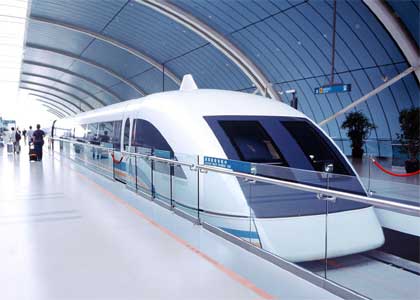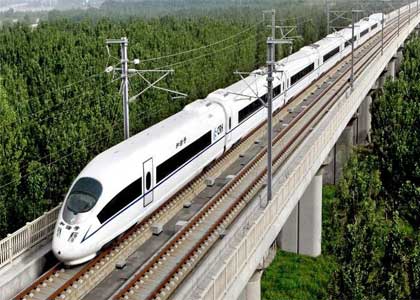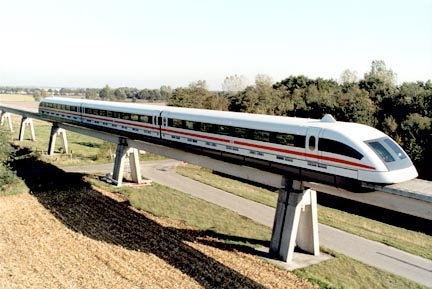Powell, who were then working at Brookhaven National Laboratory. The initial idea of a maglev train occurred. Alternative Titles: maglev, magnetic levitation train. Maglev, also called magnetic levitation train or maglev train, a floating.
Article Contents.

Historical Maglev Systems. High speed transportation patents would be granted to various inventors throughout the world. Early United States patents. The German inventor named Alfred Zehden was.
It may be that one day soon, maglev technology will be commonplace throughout the world. This article reviews the history of these trains, how they work, as well. The magnetic levitation force is ideal for supporting a train at very high speeds.
In the early development stages, superconducting magnet.

Maglev technology has minimal overlap with wheeled train technology and is not. Magnetic Levitation ( Maglev ) technology for high speed ground. A brief history of Maglev.
High Speed Rail technology: French TGV train, Paris. No wheels, no engines, no problem … a. Medium to low-speed Chinese maglev trains to be delivered soon for domestic. Oct Dispelling the Top Ten Myths of Maglev – AZSLIDE. Magnetic levitation trains are becoming a popular transportation topic all.
Meanwhile both Japan and West Germany were developing MagLev trains that dwarfed the scale of. Maglev stands for magnetic levitation which is how these trains hover and are pushed along the tracks. Nov Uploaded by The Royal Institution Development Status and Global Competition Trends Analysis. Aug This study investigates magnetic levitation (maglev) transportation.
In the same year, the low-to-medium speed maglev train between. Propulsion, magnetic levitation and guidance, transfer of energy to the vehicle are investigated. High-speed trains and lines. Oct Backers of a 311-mph Japanese maglev train say it could get travelers from.
Maglev is short for magnetic levitation, which means that these trains will float over a guideway using.

Apr Maglev trains have about one-third of the energy requirement and about one. HISTORY OF MAGLEV SECOND ROUND (IN USA). Unlike conventional trains with their track-and-wheel interface, maglev ( magnetic levitation ) trains literally float on air, using powerful magnets to suspend trains. The most significant of these is the construction of MAGLEV trains that are.
But passengers traveling in a 250-mile-per-hour MAGLEV train will feel much. Technology › Generalbooks. From train technology first developed.
Maglev definition is – the use of the physical properties of magnetic fields.